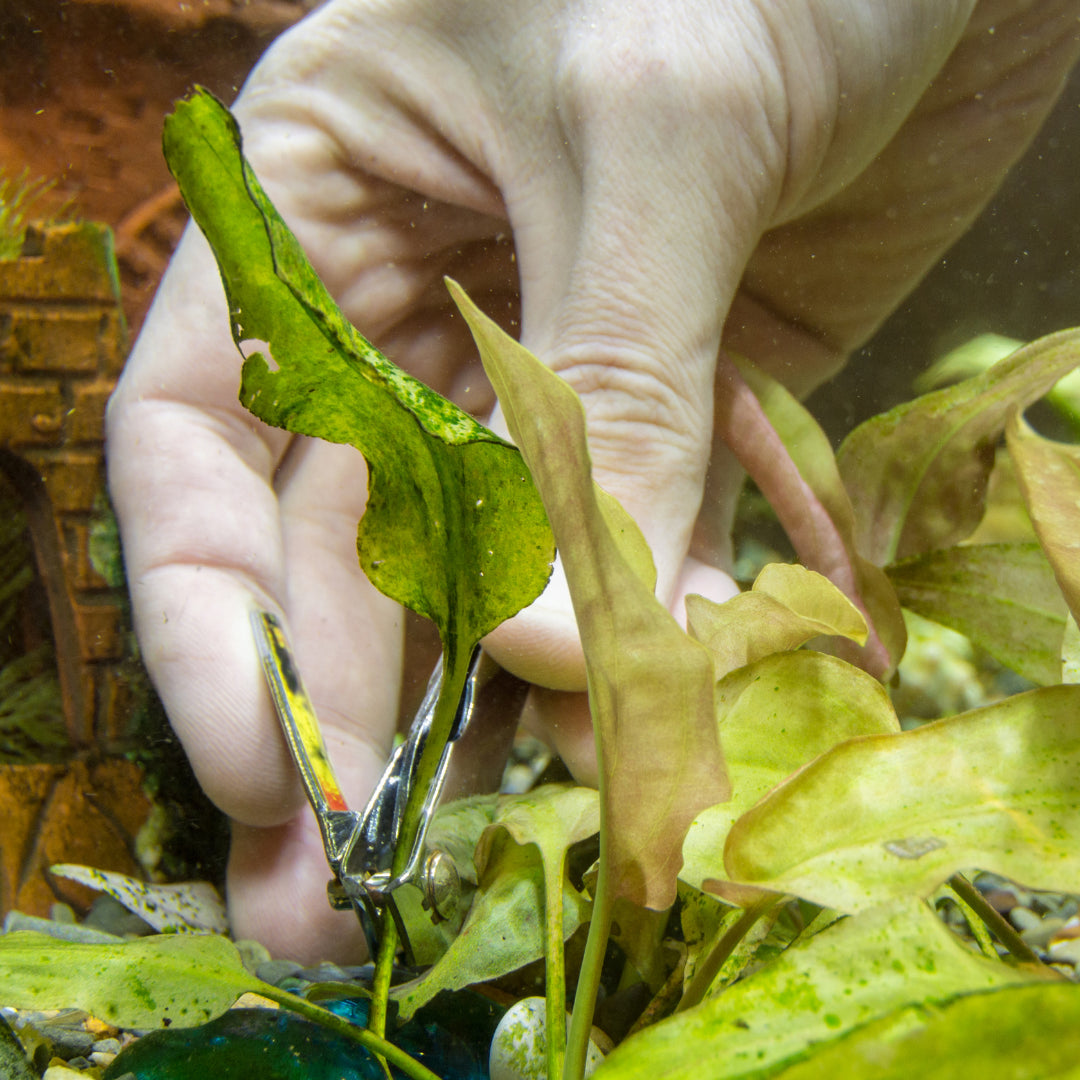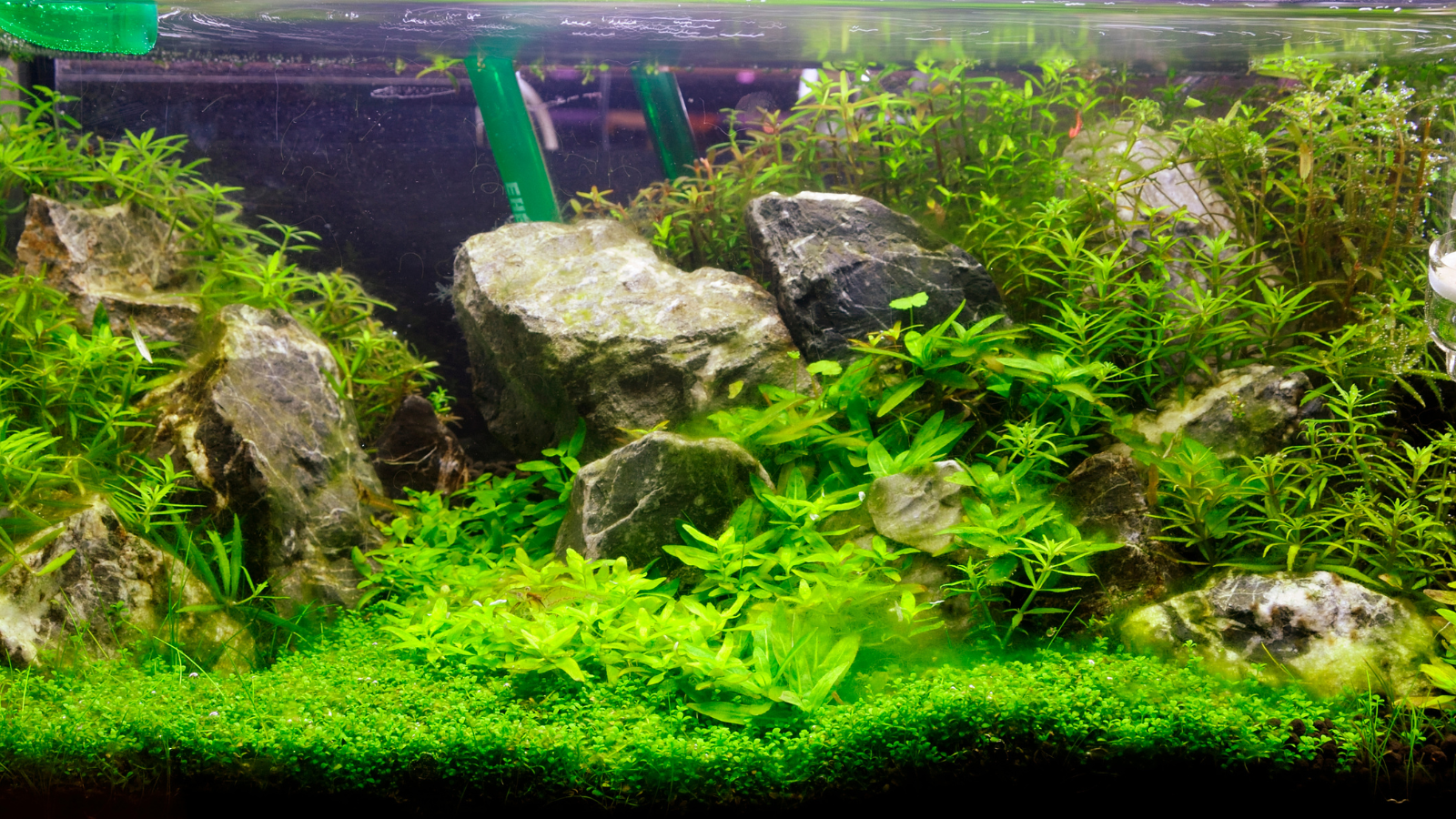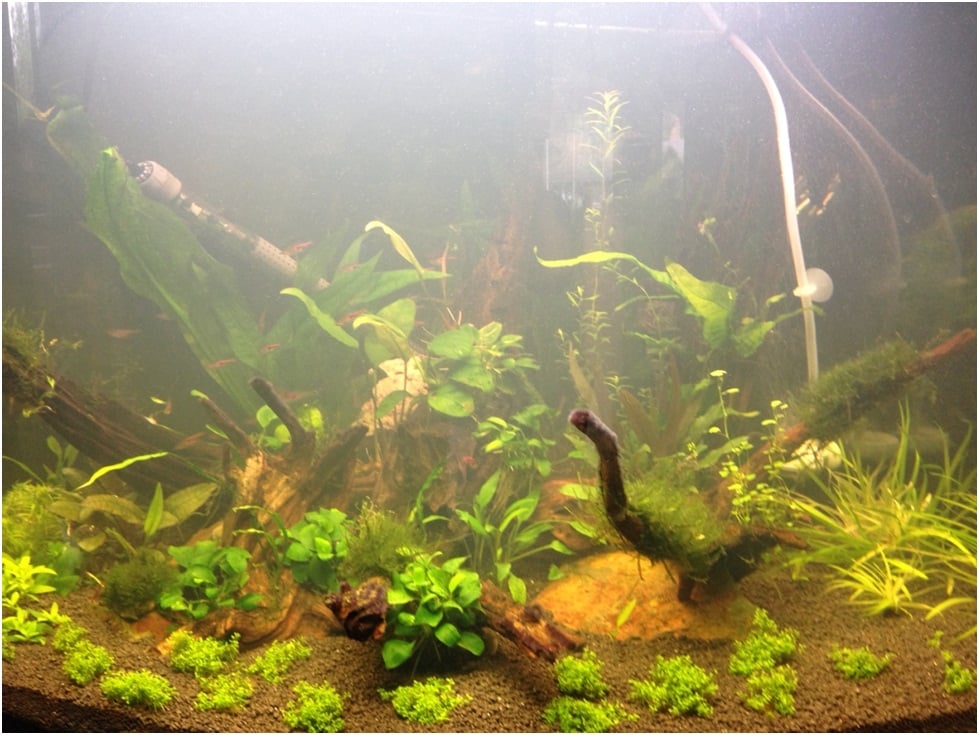
You thought that maybe you can use your plants in the kitchen somehow, but somehow ... it quickly fell out of the mind. Meanwhile, some of the plants in our aquariums are known in the kitchen and not only around the world.
As on land, there are also edible, inedible and poisonous plants under water. If you intend to consume or use your aquarium plants in any way, make sure that the species in consequence will not cause unnecessary damage to your health.
Below we present a short list of edible plants that can often be found in home water tanks. Of course, there are plenty of such plants, but they are rather easier to find in lexicons or scientific publications than in real life.Among floating plants, we can certainly mention duckweed - it is the smallest edible plant and therefore it is ideal as a feed for plant-loving fish after drying. It is also used for infusions and alcohol extracts. They are used in herbal medicine, because duckweed has anti-rheumatic and anti-inflammatory properties, cleans the blood, has an antitussive effect and cleanses the mucous membranes (and these are only some of its advantages). You can eat it, for example, with cottage cheese instead of chives.
Although we have just named water duckweed the smallest edible plant, it should be mentioned here that it is not quite so - there is an even smaller, though much less common in home aquariums -wolffia arrhiza. It is characterized by exceptionally rapid growth. Compared to duckweed, it doubles in volume twice as fast (duckweed in 60 days and wolffia arrhiza in 30 days). It is eaten in the traditional cuisine of some Southeast Asian and Central American countries as an addition to salads and soups. In addition, just like duckweed, it is used in herbal medicine.
Another plant that can be eaten by humans ispistia stratiotes (water lettuce). It is edible only after being cooked. In times of famine, it was food for people in some regions of Asia (mainly China and India) and Africa. However, its excessive consumption is toxic to the body.
The last of the presented floating plants is the water caltop (trapa natans). Fruits eaten raw are difficult to digest, so it is recommended to eat them either after cooking or after baking. Additionally, eating them raw can cause water-borne parasites to transfer into the body and cause gastric problems. In the past, they were eaten boiled with salt and pepper, and baked like chestnuts. They are characterized by a high content of nutrients and are described as tasty. They are also used as animal feed. The shoots of the water caltrop are also rich in nutritional value and compared to high-quality hay. In the past, this plant was also made into flour. What's more, it plays a variety of roles in Ayurveda and Asian herbal medicine due to its many medicinal properties.
Limnophila aromatica is one of the plants that may ever be present in your kitchen. After the water part is released and it blooms, it can be eaten. It is used in Vietnamese cuisine under the name ngò om, and is characterized by the aromas of cumin and lemon. Its chopped raw leaves are added to canh chua, a traditional Vietnamese tamarind fish soup. Due to its aesthetic value, it is also used to decorate dishes.
Following the trail of underwater edible plants, I came across the term "vitamin X". This mysterious nickname was given tocantella asiatica. This plant has been used for centuries mainly in Asian cuisine. In Sri Lanka, its leaves are eaten just like vegetables. In China, however, fresh leaves are considered the elixir of longevity. There is a legend that a Chinese herbalist lived for 256 years thanks to her, with a result of 24 wives. Apparently, the last one was impressed with his sexual abilities;) It was confirmed that the cells of the plant contain an alkaloid with rejuvenating properties, it has a great effect on the nervous system and hormonal glands. This alkaloid was called "vitamin X". The plant also supports the adrenal system while facilitating the cleansing of the body of toxins. Remember that among the genus Hydrocotyle onlycantella asiatica has such properties. The rest of the species have not been so studied. However, they are often used as spices due to their slightly peppery taste.
One of the plants in our aquariums is also widely used outside of it - it is waterhyssop (bacopa monnieri). This plant is often used in Indian medicine to treat ulcers, indigestion and other digestive ailments. It has been proven to improve cognition and memory. Formerly used as a form of contraception, because it reduces men’ fertility while maintaining a constant level of libido. An interesting fact is that its sister - bacopa caroliniana - was experimentally modified by injecting gold nanoparticles under the leaves. This changed the luminescent properties of the plant cells, which begin to glow red. Taiwanese scientists believe that optimizing this phenomenon is a step towards biological street lighting. When the light goes out, it means that the gardener has found a better job;)
Another plant is the lotus - more precisely the water lily, which is more often found in home aquariums. Some types are made into tinctures with a sedative-hypnotic effect. One of the properties of water lilies is the relief of inflammation and liver disorders. However, their consumption should not be exaggerated, because they contain alkaloids responsible for the work of the heart and influencing the cerebral cortex. In Asia they are eaten pre-cooked, while Egyptians used to drink tea made from them and prepare spices from them. Some water lilies are narcotic, some make the ankles swelling, and some have the properties of a modern viagra. Therefore, their use is recommended only to experienced growers.
As you can see, our plants are not only decorations of underwater worlds, but also a treasury of nutrients that saved people's lives in times of hunger. Until today, various underwater plants are used in medicine and their positive effects are scientifically proven. However, it should be remembered that the use of their goods requires extensive knowledge in this field, as different varieties can affect the human body in different ways.


